
Leo’s eco-island vision
Leonardo DiCaprio has long combined his passion for sustainability with his real estate investments, and a few islands reflect that deeply. These places are not just remote luxury destinations; they are living laboratories for conservation and restoration. Let’s dive into the off-grid islands he loves and how they’re being shaped by his environmental ambitions.
Through his projects, DiCaprio hopes to restore delicate ecosystems, protect wildlife, and build hospitality that respects nature. His approach isn’t just about building, it’s about giving back, healing, and regenerating. This makes his islands more than status symbols; they are purposeful investments in the planet’s future.
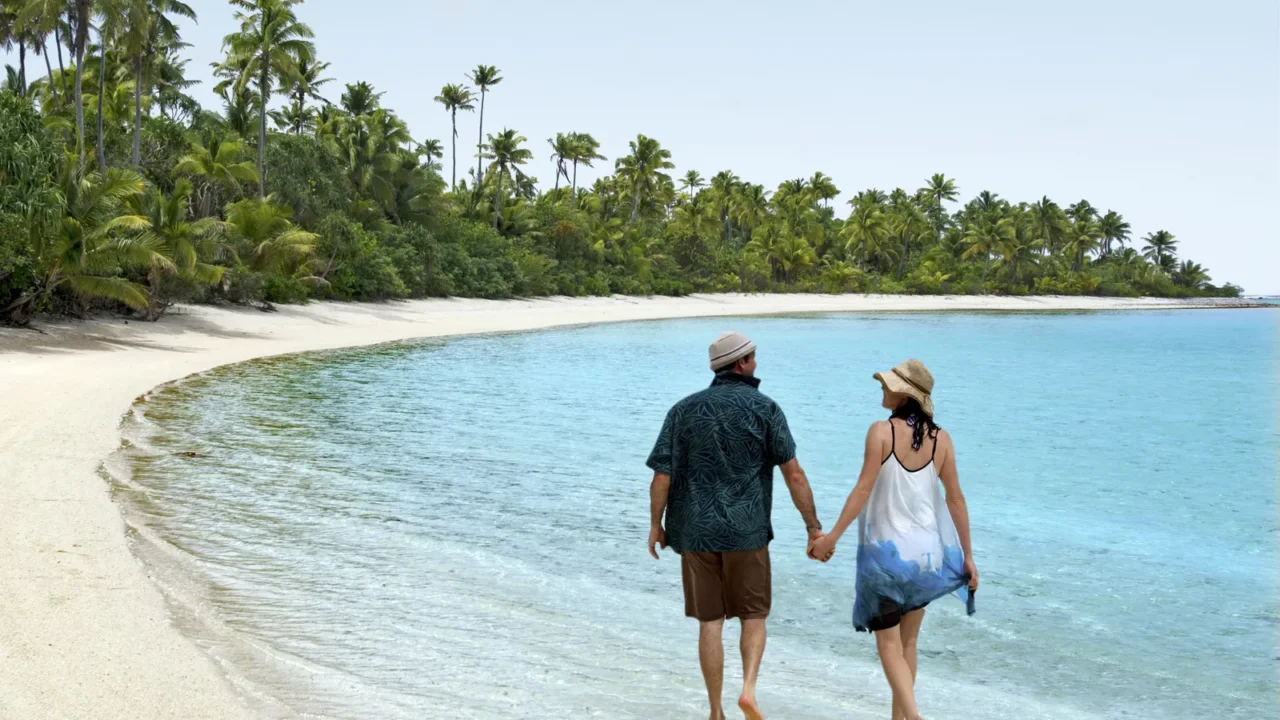
Why island projects matter
Eco-luxury islands offer a rare chance for travelers to immerse themselves in pristine nature while supporting conservation. DiCaprio’s involvement raises the bar because he doesn’t just want to preserve the land; he wants to restore it. These projects reflect his long-term commitment to environmental responsibility.
For visitors, staying on these islands means engaging with a vision larger than just luxury. They become part of a story about rebuilding reefs, reforesting mangroves, and protecting endangered species. It’s a way to vacation with meaning, not just indulgence.
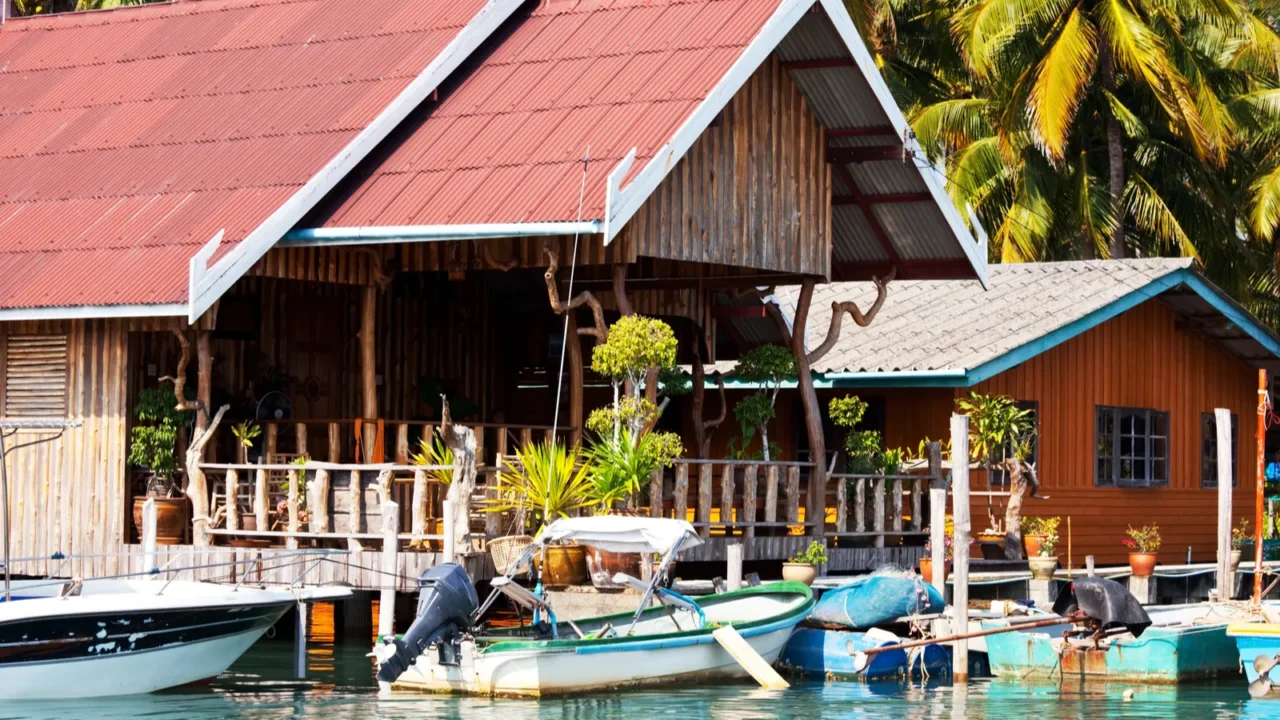
Blackadore Caye’s bold promise
Blackadore Caye is about 104 acres off Belize’s coast and was bought by DiCaprio to become a “restorative” eco-resort. The vision involves 68 villas, research facilities, and renewable energy to power the resort sustainably.
He teamed up with Delos and architect Jason McLennan to make sure every building meets strong environmental standards. This isn’t a typical resort; it’s built around ecological restoration and wellness.

Restoration at Blackadore Caye
The island faced overfishing and mangrove deforestation before DiCaprio’s purchase. Part of his plan is to replant mangroves and rebuild coral reefs around the shorelines.
There are also floating fish shelters and marine nurseries to support local wildlife.
The resort’s design aims to be completely self-sufficient in water and energy. By using solar power and composting systems, the goal is to minimize the environmental footprint. This makes Blackadore Caye a model for regenerative tourism.

Wellness meets conservation
Blackadore Caye isn’t just about luxury villas; wellness is a cornerstone of DiCaprio’s plan. The resort was expected to offer anti-aging health programs inspired by holistic wellness experts. Breathtaking infinity pools, private beaches, and meditation spaces are part of the guest experience.
Guests will be encouraged to unplug, meditate, and reconnect with nature in peaceful surroundings. By staying here, travelers can contribute to conservation simply through their presence. It’s a retreat where rest and restoration go hand in hand.
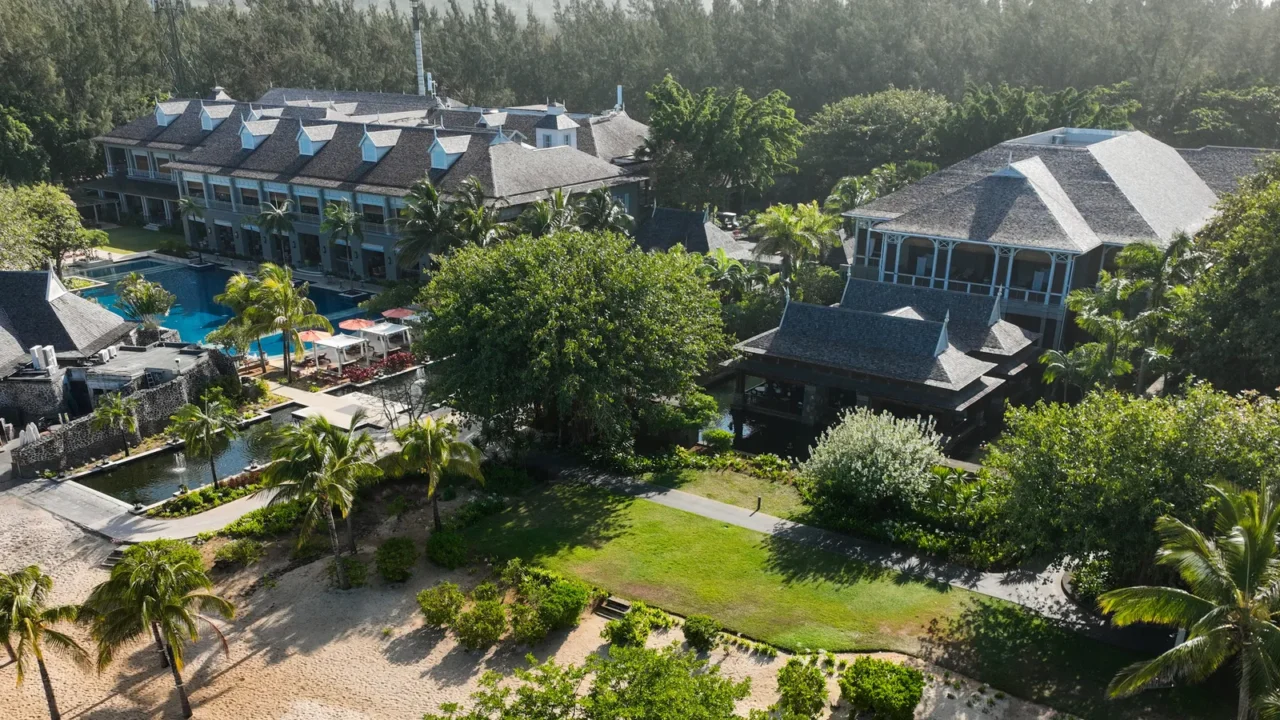
High standards for sustainability
Blackadore Caye’s eco-resort is designed according to the Living Building Challenge, which demands water, energy, and waste systems that regenerate the ecosystem. Every structure is carefully placed to avoid disrupting natural landscapes.
DiCaprio enlisted experts, marine biologists, ecologists, and architects, to ensure the plans meet scientific and environmental goals. He also plans to foster a community where researchers and eco-conscious guests coexist.
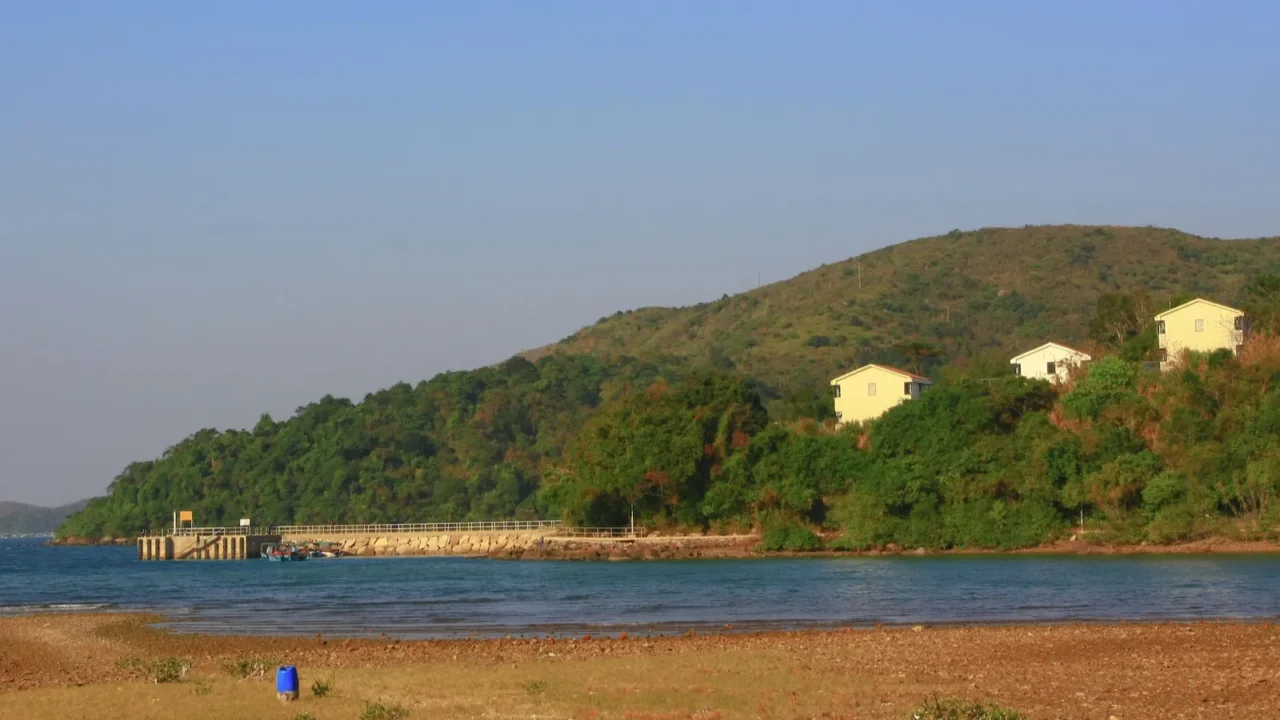
Guafo Island and biodiversity
Beyond Belize, DiCaprio is involved in major conservation work in Chile through Guafo Island. The island is being preserved by Re:wild, a group co-founded by him, to protect its massive fur seal and whale populations.
In June 2025, Guafo was donated to Chile to become a national park, safeguarding its ecosystems from logging and mining. This move highlights how his island investments aren’t just about luxury, but they also fuel large-scale environmental protection.

Connecting with local communities
On Blackadore Caye, DiCaprio’s team plans to work closely with scientists and local communities to grow native mangroves and seagrasses. The idea is to let community stewardship and science drive island restoration.
Part of the revenue from visitors is expected to support conservation, research, and education projects. In this way, guests contribute directly to ecological recovery. The model aims to be more than just eco-tourism, it’s restorative tourism.
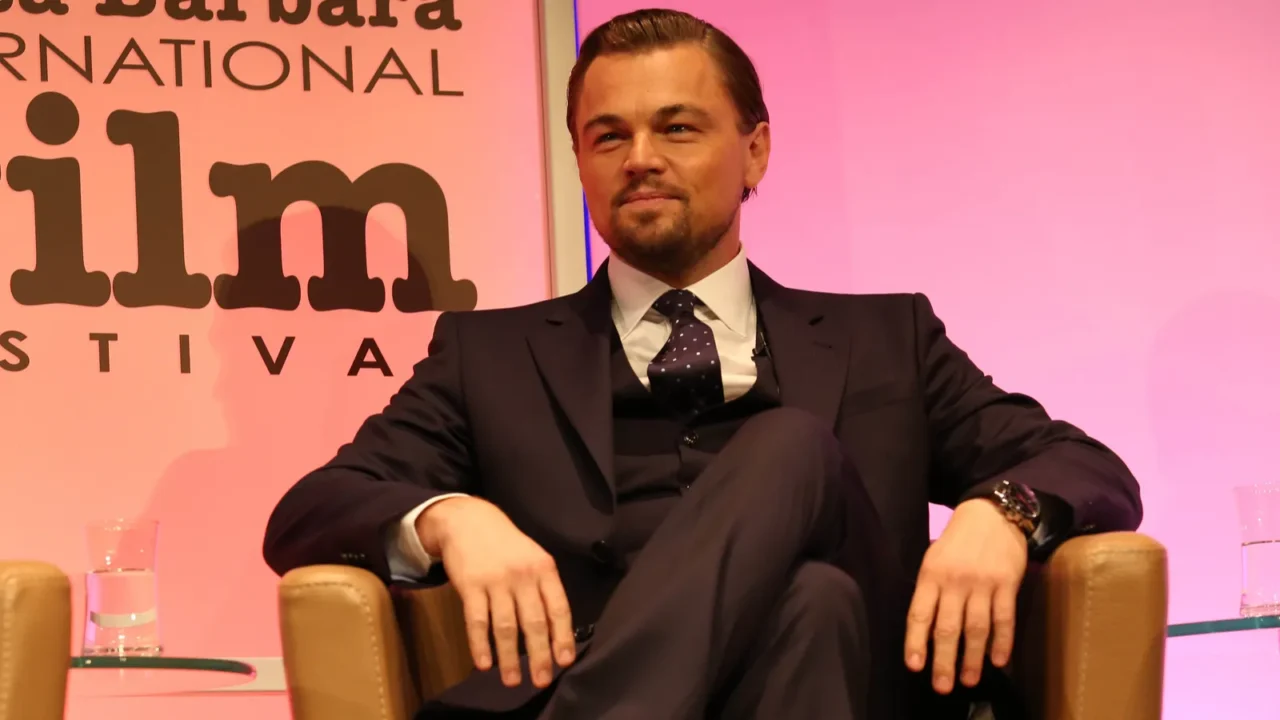
Challenges and criticism
Not everyone agrees that the project is perfect. Critics say true sustainability is hard to reach when guests still have to fly to the island. Some worry that exclusive luxury travel undermines environmental goals.
But DiCaprio and his partners argue that careful design and harsh environmental guidelines help offset these concerns. They insist that every villa, every pool, and every energy decision is part of a bigger plan to heal the land.
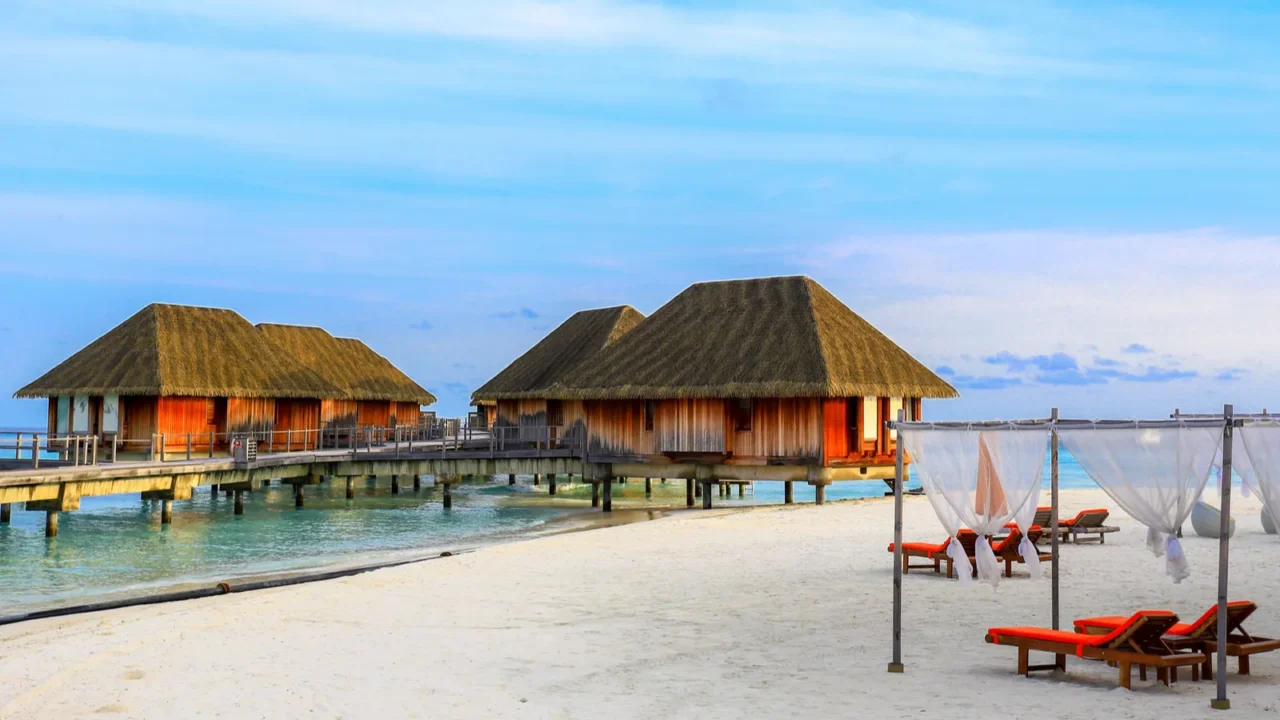
Long-term vision
DiCaprio’s plan for Blackadore isn’t just a resort; it’s a generational mission to restore biodiversity and inspire change. He has said that the project could set a “new kind of development” model for eco-luxury.
If the vision succeeds, the island could become a blueprint for future restorative tourism. He hopes that once people experience this kind of place, they’ll demand more from other luxury destinations. It’s a bid to merge high-end travel with real ecological impact.
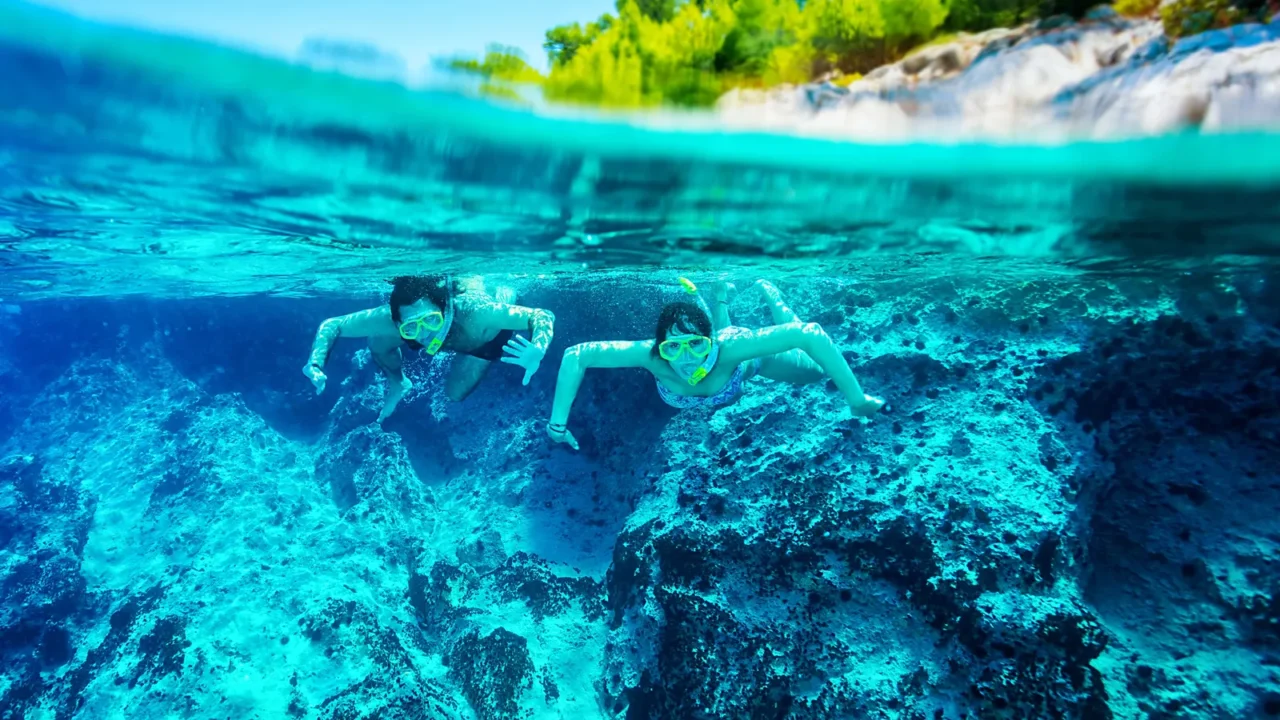
What travelers will experience
Visitors will likely enjoy elevated villas, hidden wellness zones, private beaches, and marine activities. There may be opportunities to snorkel, kayak in seagrass beds, or watch manatees in restoration lagoons. The experience is designed to feel intimate, slow, and deeply connected to nature.
These aren’t your typical resort experiences — guests become part of ecological recovery, not just passive observers. The stay encourages mindfulness, participation, and a sense of responsibility. For many, this retreat could open up a new way of traveling.
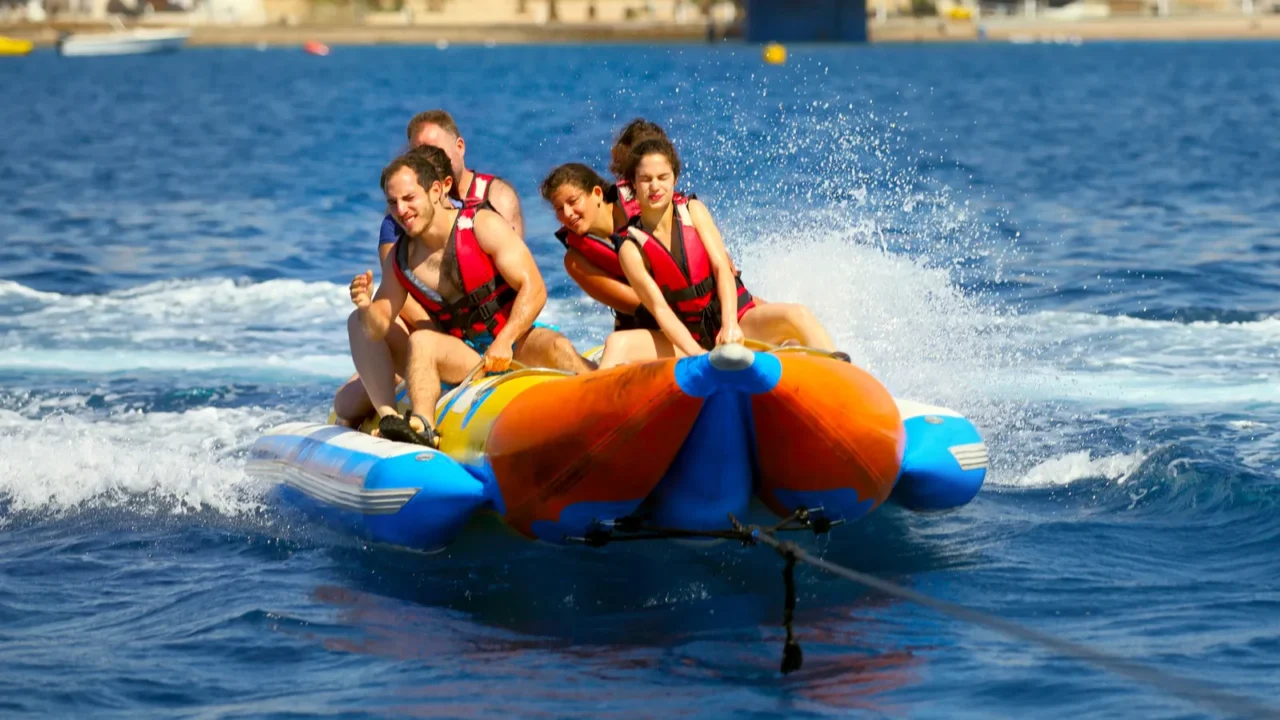
Broader impact on travel
DiCaprio’s island project shows how celebrity influence can drive sustainable tourism forward rather than just fund more luxury. It challenges other developers to think bigger, not about profit, but restoration, and it aligns with a wider shift in travel culture seen in guides like What to do in Cuba? 7 must-visit places on the island, where travelers look for experiences rooted in purpose and place.
As demand for meaningful travel grows, his eco-island could shape how luxury and conservation merge. By supporting this kind of work, guests invest in more than a vacation; they support ecosystems, science, and community, momentum that may encourage more “restorative islands” in the future.
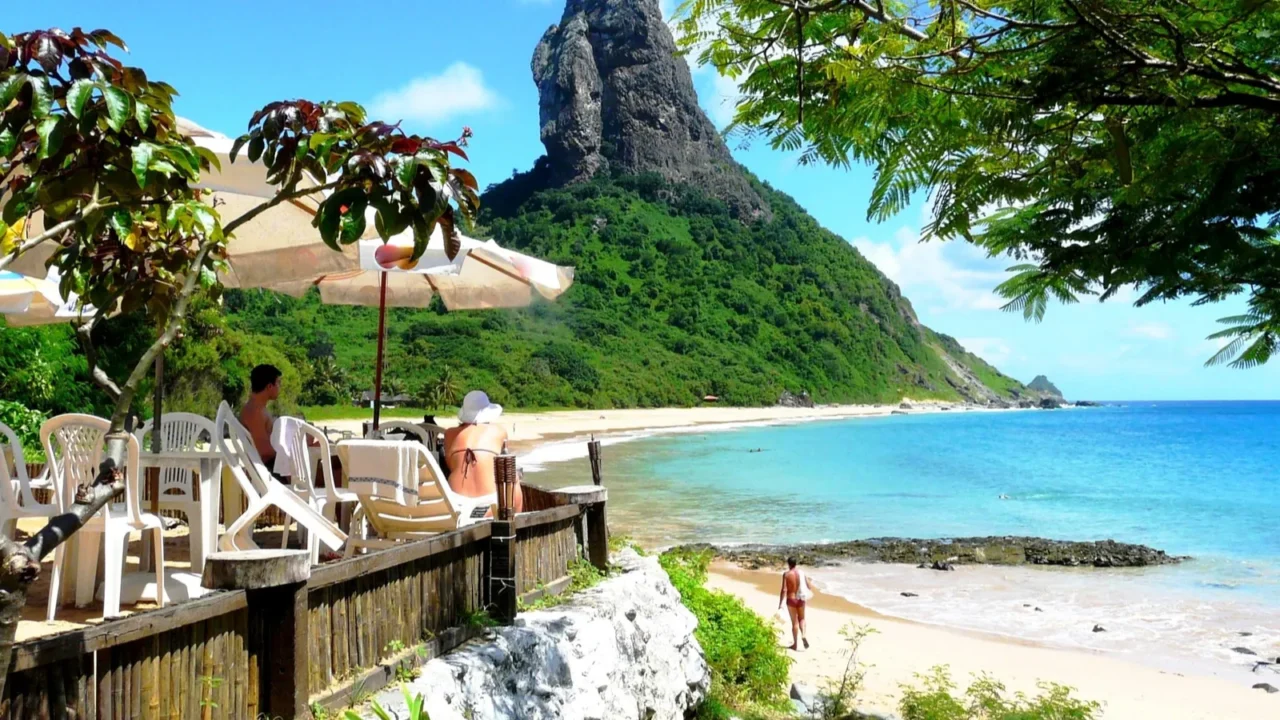
Reflecting on Leo’s legacy
Leonardo DiCaprio has put more than star power into his island project; he’s put intention, science, and environmental hope. Blackadore Caye and other initiatives like Guafo show how off-grid luxury can be aligned with restoring nature. Whether or not someone ends up visiting, his approach offers a powerful vision for what eco-tourism can be.
What do travel lovers think? Does the idea of staying somewhere that’s actually helping the planet feel like the future of luxury travel? Drop your thoughts in the comments.
Read More From This Brand:
- A secret Portuguese city with wild, untouched beaches
- Thailand takes center stage as the 2025 SEA Games kick off
- Donald Trump’s World Cup 2026 remarks stir travel worries across the U.S.
Don’t forget to follow us for more exclusive content right here on MSN.
This slideshow was made with AI assistance and human editing.